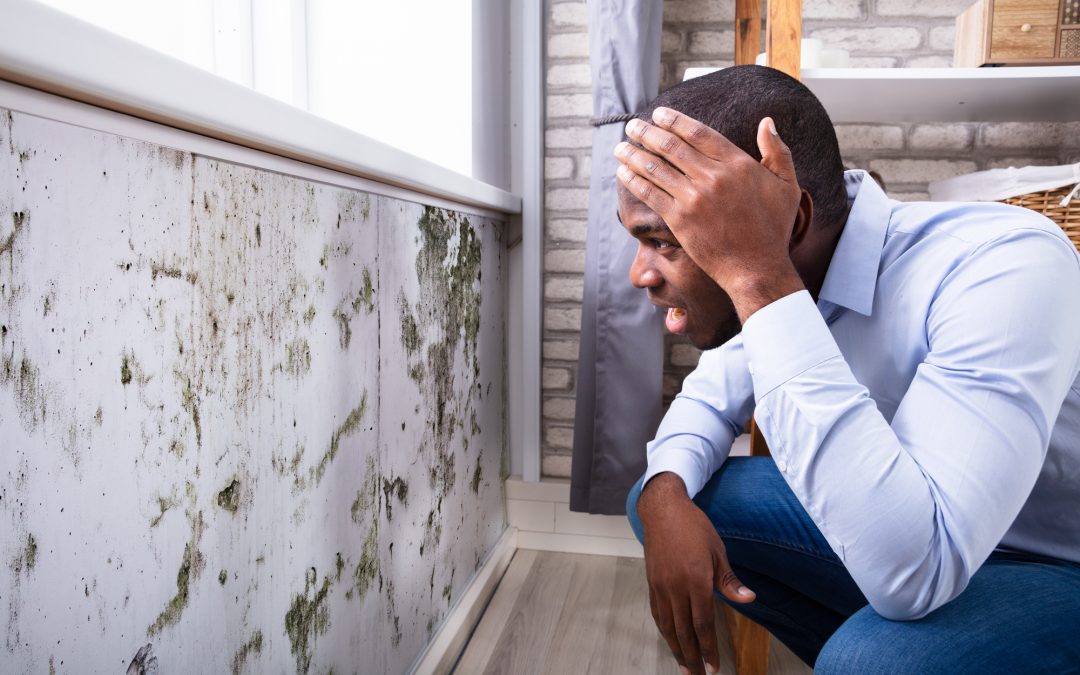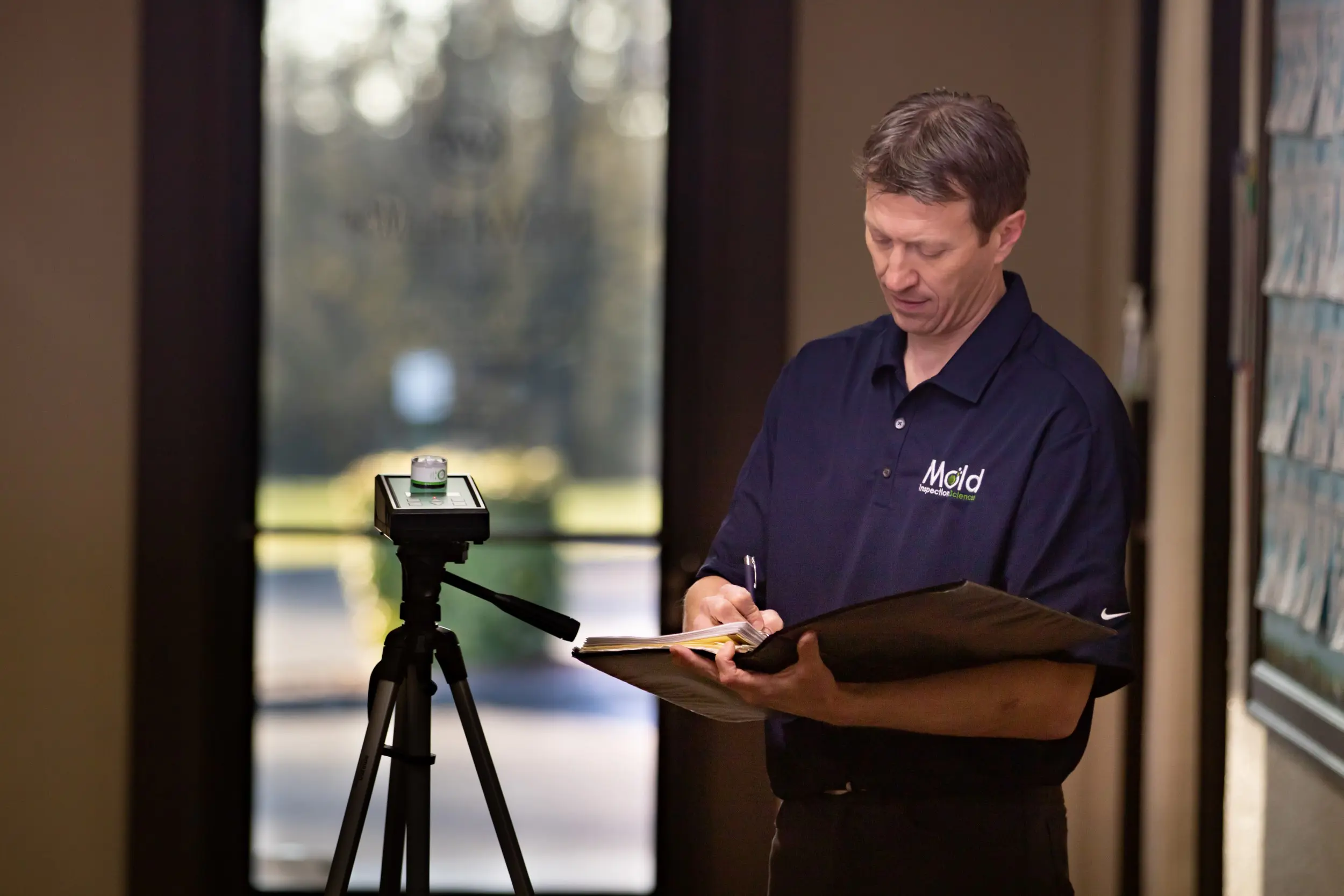Comprehensive Post Mold Remediation Procedures
Effective Article Mold And Mildew Removal Solutions for Your Home
Mold and mildew growth in homes can be a persistent problem, frequently calling for a methodical strategy for efficient post-remediation solutions. From recognizing the elements that add to mold advancement to implementing proper cleansing techniques and dampness control measures, the procedure can be intricate yet vital for maintaining a healthy living setting. Post Mold remediation cleaning.
Understanding Mold Development Variables
The key factor adding to mold and mildew development is dampness. Mold and mildew spores need wetness to flourish and germinate, making damp or moist atmospheres extremely vulnerable to mold infestations.

Additionally, air movement and light exposure can influence mold development. Locations that lack correct ventilation and all-natural light are more susceptible to mold and mildew development. By resolving these factors thoroughly, people can efficiently minimize mold growth and guard their living environments.
Appropriate Mold And Mildew Cleaning Methods
Making use of effective cleaning approaches is essential in attending to and protecting against the recurrence of mold contamination in interior settings. When dealing with mold, it is important to focus on safety and security by wearing protective equipment such as masks, gloves, and goggles. The initial action in correct mold and mildew cleansing is to contain the affected area to avoid the spread of spores to uncontaminated locations. This can be accomplished by securing off the room and making use of air scrubbers or adverse air machines to maintain air quality.

Carrying Out Dampness Control Measures
To efficiently stop mold and mildew development and contamination in indoor settings, applying moisture control procedures is extremely important. Moisture is the primary element that fuels mold advancement, making it critical to take care of moisture degrees within the home. One reliable measure is to use dehumidifiers to keep interior moisture degrees listed below 60%. In addition, making certain correct air flow in locations vulnerable to moisture build-up, such as cooking check out here areas and washrooms, can aid lower the threat of mold and mildew growth. On a regular basis evaluating and fixing any type of leaks in plumbing, roofs, or home windows is additionally crucial in protecting against excess dampness build-up. Utilizing exhaust fans while food preparation or bathing, and enabling air circulation by keeping furnishings somewhat away from wall surfaces can assist in wetness control. Additionally, utilizing moisture-resistant products in high-humidity locations, such as mold-resistant drywall and paints, can be helpful. By carefully executing these moisture control procedures, house owners can efficiently reduce the chance of mold and mildew recontamination and keep a healthy interior atmosphere.
Utilizing Natural Remediation Solutions
After effectively carrying out moisture control procedures to avoid mold growth in indoor environments, house owners can now check out the performance of natural remediation options in keeping a healthy living area. All-natural remediation solutions utilize ecologically pleasant approaches to combat mold and mildew, making them a popular option for those seeking safe options. One such remedy is making use of vinegar, an all-natural antimicrobial representative, to disinfect and clean surfaces contaminated by mold. Simply dilute vinegar with water and spray it onto the affected areas, official statement allowing it to sit for a few hours prior to wiping tidy. In addition, tea tree oil, recognized for its antifungal residential properties, can be combined with water and splashed onto mold-infested surfaces to prevent further growth. Another all-natural alternative is hydrogen peroxide, which can properly eliminate mold and mildew on different surfaces without leaving hazardous residues behind. By incorporating these all-natural removal options into their cleaning regimens, home owners can effectively combat mold growth while advertising a much healthier indoor atmosphere on their own and their households.

Preserving a Mold-Free Setting
Frequently examining areas prone to mold and mildew growth, such as restrooms, attic rooms, basements, and kitchens, is crucial. Proper air flow in areas with high humidity degrees is likewise essential to avoiding mold development.
Furthermore, keeping sanitation in the home is vital for mold prevention. Keeping interior plants in check and ensuring proper drain in outside landscape design can decrease dampness build-up, decreasing the probability of mold and mildew problems.
Final Thought
In conclusion, it is crucial to attend to mold development aspects, use correct cleaning techniques, apply wetness control actions, use all-natural remediation remedies, and preserve a mold-free setting in order to efficiently manage message mold and mildew remediation in your house - Post Remediation Inspection near me. By adhering to these techniques, you can stop mold from reoccuring and guarantee a healthy and balanced living environment for you and your family members
The primary element adding to mold and mildew growth is wetness. Mold and mildew spores require wetness to sprout and grow, making wet or humid settings highly vulnerable to mold problems.To successfully prevent mold and mildew growth and contamination in indoor atmospheres, applying moisture control mold removal kitchen cabinets measures is critical. Furthermore, making certain correct air flow in locations prone to moisture buildup, such as restrooms and kitchen areas, can aid decrease the danger of mold growth.After effectively carrying out wetness control procedures to protect against mold and mildew development in interior settings, homeowners can now explore the efficiency of all-natural removal options in keeping a healthy living room.